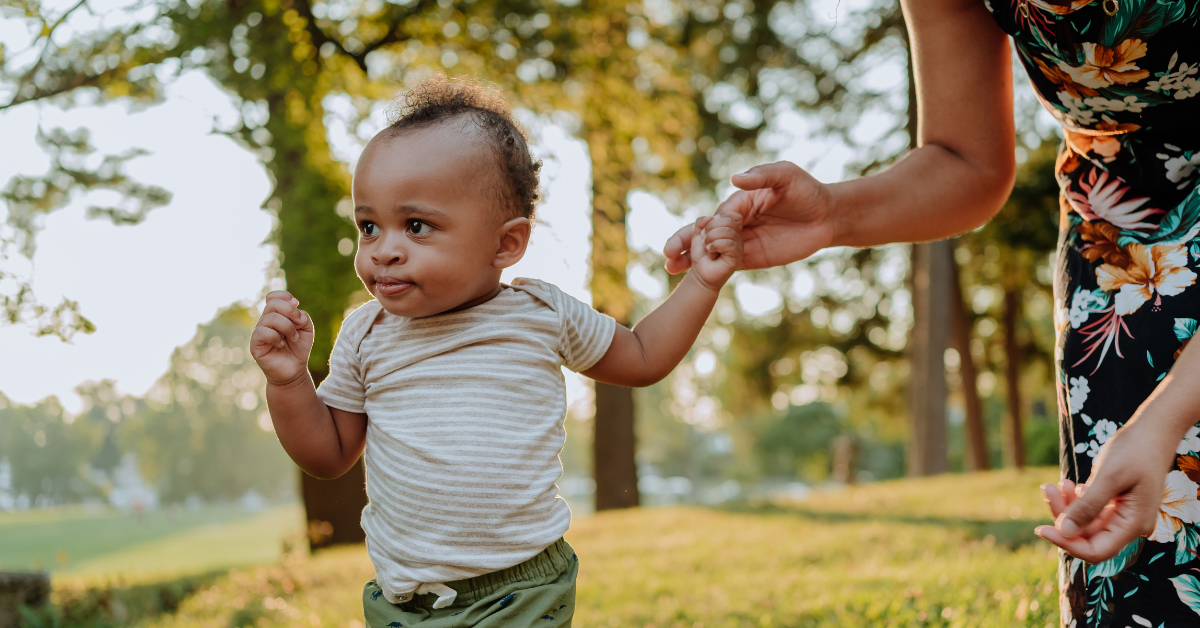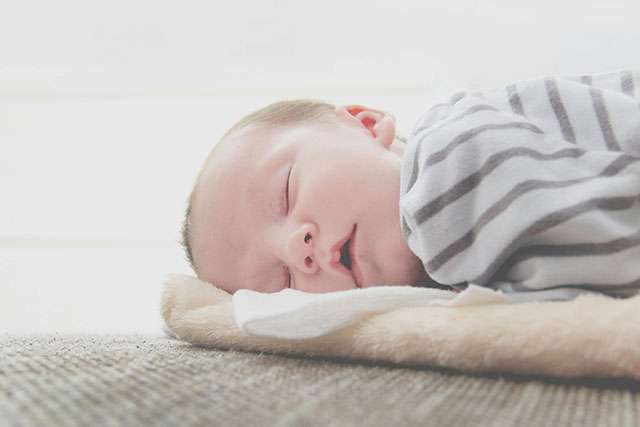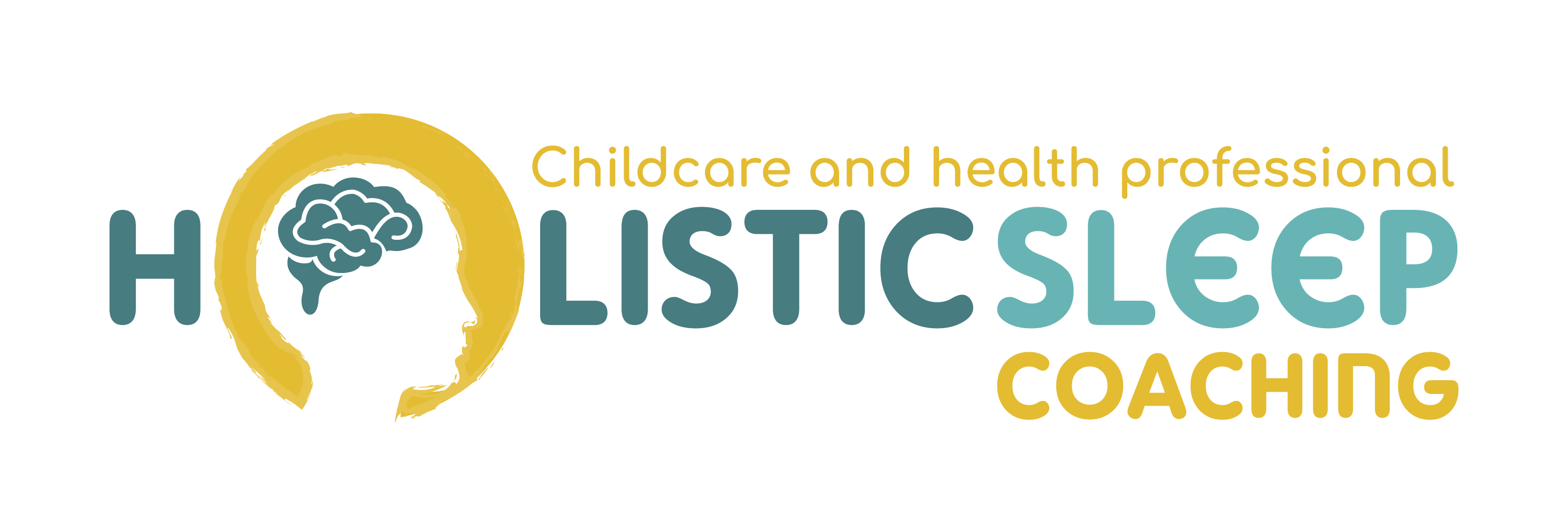Today, I’ll be exploring the three key pillars of infant sleep understanding from a holistic and responsive sleep coaching perspective. Grasping these elements is vital for anyone aiming to offer gentle sleep solutions that honor the natural growth and emotional health of infants. Whether you’re an experienced sleep coach or aspiring to become a sleep consultant, these insights into child development, emotional regulation, and sleep pressure will significantly boost your skills in creating nurturing sleep environments. These Responsive Sleep Coaching techniques are transformative in enhancing family well-being.
For a more dynamic exploration of this topic, be sure to view the accompanying YouTube video on responsive sleep coaching.
1. Developmental Stages and Sleep Patterns
Understanding how child development impacts sleep is crucial for effective sleep consulting. Many discuss sleep regressions and progressions; however, I prefer to address these changes with specificity. Infants and toddlers are constantly evolving, and it’s essential to recognize that their developmental milestones directly influence their sleep behaviours and certain key developmental stages have a specific impact on sleep.
Understanding Infant Sleep Patterns: Differences in Sleep Needs and Night Waking Over Time
The first developmental factor to consider is that sleep needs to be reduced over time. While this might sound obvious, it’s a really fundamental point that people often overlook. A 4 or 5-month-old baby will simply need less sleep than a 2-month-old. If the older baby continues having the same napping pattern, they may experience difficulties with daytime sleep, or they may achieve too much daytime sleep and you’ll pay for it at night. A large study by Paavonen et al., 2020, found that sleep durations decrease consistently over the first two years.

A study by Figueiredo et al., 2016, explored the specific differences in sleep totals by day and night at different ages. They too found that sleep totals decrease with age, but also that the proportion of daytime sleep shifts from making up about 50% of the total sleep time at 2 weeks of age, to only up to a third of the total sleep time at 3 months. They also found that the total length of time spent continuously asleep gradually and modestly increased between the newborn period and six months.
In fact, most studies that look at large normal samples, including the Paavonen and Figueiredo studies, find that children continue to wake at night well beyond the first six months. This includes findings from the Hysing study, the Brown and Harries study, and the Pennestri study.
Infant Sleep Dynamics: Movement and Sleep
Understanding the intricate relationship between movement and sleep in infants is crucial for effective responsive sleep coaching. A study by DeMasi and colleagues (2023) explored the relationship between movement and sleep. They begin by pointing out that movements during sleep gradually lessen over the first year, but are also associated with the acquisition of motor control. For example, have you noticed that very young infants often experience face or head twitches during sleep? This behavior tends to go away once the child gains greater control of their head.
Body and limb twitches are really important as they trigger the nervous system to map limb movements to brain function, which is pretty amazing! These may be essential for sensorimotor development. Essentially, the brain may be learning about how all the parts of the body are connected, how they move, and where they are in space. These twitches and small limb movements tend to lessen over the first year.
Interestingly, babies who have just learned to crawl in the first month experience more night waking, more fragmented sleep, more wakefulness at night, and shorter total duration of sleep than more experienced crawlers!

Responsive Sleep Coaching: The Impact of Toddler Walking on Night Waking
The DeMasi study provided valuable insights into how walking impacts infant sleep patterns. It assessed 78 babies who had recently started to walk using actigraphy devices and found that walking is associated with more fragmented sleep and more movement during sleep. Unlike the pattern seen in crawling, the movements during sleep persist for longer. This may be an opportunity to consolidate skills overnight, as the movements are more pronounced during REM sleep, which is a sleep stage associated with consolidating new memories, particularly procedural memories.

On a practical level, if a little one is more wriggly and unsettled in the second half of the night, this may be a very clear explanation for it. Another practical implication is that because the acquisition of walking has a long lead-up, sleep disruption might start at the very beginning of getting ready to walk, persist during the acquisition of this skill, and continue beyond, as they gain competence and practice.
2. Responsive Sleep Coaching: Understanding Regulation and Co-Regulation in Infants
Little ones have very limited abilities to self-regulate, to transition from a state of stress, anxiety, or excitement back to calm. They require the presence of a calm adult to co-regulate them.
Imagine a child—who, let’s face it, has pretty immature abilities to problem solve and become calm—facing an additional stressor. This will lead to more dysregulation. However, their capacity to self-regulate hasn’t increased; thus, they have a greater need for co-regulation. During times of dysregulation, they will need their parent more. It’s that hard, and that simple.
This means that for any reason, whether a child is nervous, anxious, growing, learning, feeling overloaded or overwhelmed, overstimulated, or wound up, they may exhibit attachment-driven proximity-seeking behaviors. These behaviors are designed to bring their primary caregiver or trusted favorite person closer to them again to help them feel safe. And there’s no mystery about how they do this. They call out, cry out, and hold their hands out. They ask us to help them.

But a dysregulated child won’t be able to easily fall asleep because sleep is a feature of the rest and digest system, not the fight or flight system. As I often say, you can’t sleep with your foot on the gas pedal. Essentially, the focus should be on calming down, and sleep will follow. People spend far too much time trying to get little ones to go to sleep when actually, they should focus on getting them to calm down. And we do that with proximity, not separation.
3. Responsive Sleep Coaching: Understanding Sleep Pressure in Infants
Sleep pressure builds with the time we spend awake. It’s variable and unique. By this, I mean that each of us has a unique need for sleep. Some of us have low sleep needs, while others have high sleep needs. But within these broad individual variables, our sleep needs can vary on a daily basis as well, depending on factors like whether we have exercised, learned a lot, or experienced additional sensory or cognitive stimulation.
This is a key reason why we don’t believe that children ever need to be ‘taught’ to fall asleep. Sleep is a biological drive. Have you ever been so tired that it seems impossible to stay awake any longer? Ever fallen asleep reading a book, watching TV, in a lecture, or after a large meal? I’m sure you can think of many times when sleep has felt almost inevitable.

But equally, have you ever felt like you should get an early night, only to find yourself lying awake for ages? Trying to go to sleep with low sleep pressure is really difficult. And it’s the same for your little clients as well. This is a major reason why I’m not a fan of sleep schedules or rigid wake windows—they rarely work for everyone and do not suit the unique variability or individuality of the population. It’s often far more effective to support your clients in paying attention to their child’s unique signs of fatigue. This way, they’re attempting to facilitate sleep when their child has higher sleep pressure, and will find that sleep comes more easily.
This holds true if your client is trying to move away from an unsustainable way of supporting their child to fall asleep. Trying to do this when their child isn’t really that tired makes the whole thing harder. It’s often much easier to facilitate a new way of going to sleep when the child is actually tired.
Responsive Sleep Coaching: Managing Dysregulation and Fatigue for Better
But the plot thickens, doesn’t it? Have you ever been really tired—so tired—and yet you can’t fall asleep because you have a lot on your mind? Maybe you have a big day at work the next day, an interview, or you’re processing an argument with your partner or your boss. You might even have health anxieties. It’s not just negative stuff either, is it? Have you ever struggled to fall asleep before an exciting event like a holiday or a surprise party? When we are tired AND dysregulated, the dysregulation usually wins, to a point. Because you can’t fall asleep with your foot on the gas pedal. Help your clients focus on the calm, rather than fixate on the sleep. Sleep follows calm.
References
Brown, A., & Harries, V. (2015). Infant sleep and night feeding patterns during later infancy: Association with breastfeeding frequency, daytime complementary food intake, and infant weight. Breastfeeding Medicine, 10(5), 246-252.
DeMasi, A., Horger, M. N., Scher, A., & Berger, S. E. (2023). Infant motor development predicts the dynamics of movement during sleep. Infancy, 28(2), 367-387.
Figueiredo, B., Dias, C. C., Pinto, T. M., &
Field, T. (2016). Infant sleep-wake behaviors at two weeks, three and six months. Infant Behavior and Development, 44, 169-178.
Hysing, M., Harvey, A. G., Torgersen, L., Ystrom, E., Reichborn-Kjennerud, T., & Sivertsen, B. (2014). Trajectories and predictors of nocturnal awakenings and sleep duration in infants. Journal of Developmental & Behavioral Pediatrics, 35(5), 309-316.
Paavonen, E. J., Saarenpää-Heikkilä, O., Morales-Munoz, I., Virta, M., Häkälä, N., Pölkki, P., … & Karlsson, L. (2020). Normal sleep development in infants: findings from two large birth cohorts. Sleep Medicine, 69, 145-154.
Pennestri, M. H., Burdayron, R., Kenny, S., Béliveau, M. J., & Dubois-Comtois, K. (2020). Sleeping through the night or through the nights?. Sleep Medicine, 76, 98-103.

